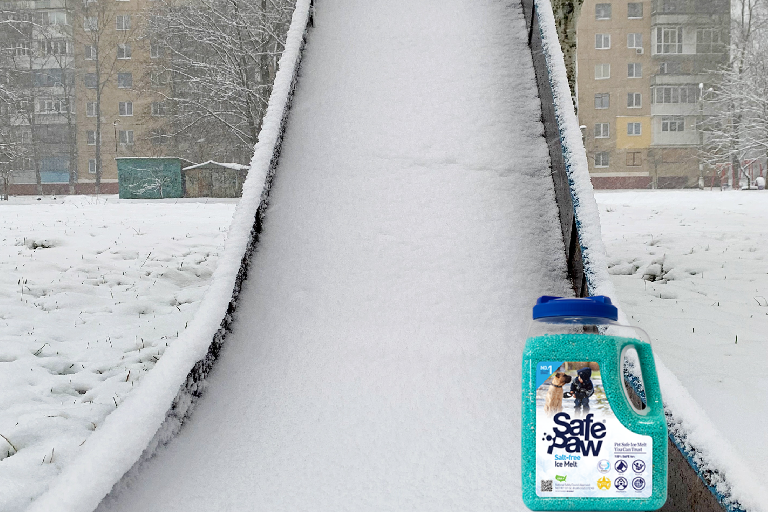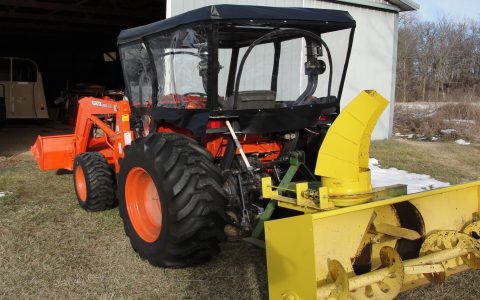Using a snow blower on a gravel driveway requires specific considerations to prevent damage to the machine and effectively clear snow without displacing excessive gravel.
Key Considerations for Gravel Driveways
Gravel surfaces are uneven and can easily be picked up by a snow blower. This poses a risk of damaging the auger, impeller, and discharge chute, or projecting stones at high speeds.
Choosing the Right Snow Blower
Two-stage or three-stage snow blowers are highly recommended over single-stage models. Single-stage blowers have an auger that makes direct contact with the ground to propel the machine and scoop snow, which is unsuitable for gravel.

- Adjustable Skid Shoes: These are crucial. They allow you to raise the height of the auger housing, so it skims above the gravel, picking up snow but leaving most stones undisturbed.
- Auger Height: Two-stage and three-stage models are designed with augers that do not touch the ground. The auger feeds snow into an impeller, which then discharges it.
- Power and Intake Height: Sufficient power helps manage heavier snow, and a good intake height allows for clearing deeper snowfalls without needing to be too close to the gravel base.
Preparing Your Driveway and Snow Blower
- Pre-Season Preparation: Before the first snowfall, walk your driveway and remove any large rocks, branches, or debris that could be picked up. Mark any fixed obstacles like low-lying landscape features.
- Set Skid Shoes Correctly: Adjust the skid shoes to lift the auger housing about 1/2 to 1 inch above the gravel surface. This height may need slight adjustments based on your specific gravel size and compaction.
- First Snowfall Strategy: Allow the first light snowfall to pack down. This creates a frozen base layer over the gravel, providing a smoother surface for the snow blower to glide on for subsequent clearings.
Operating Techniques
- Maintain a Moderate Speed: Avoid rushing. Moving too quickly increases the chance of digging into the gravel.
- Listen to Your Machine: If you hear gravel being ingested (a distinct rattling or grinding sound), stop immediately and raise the skid shoes further.
- Avoid Over-Clearing: It's better to leave a thin layer of snow on top of the gravel than to risk scraping the surface and picking up stones. This thin layer can also help build up that protective base.
- Shear Pins: Be prepared for shear pins to break, especially if you inadvertently hit a larger stone. Keep spares on hand.
Post-Clearing Checks
After use, inspect the auger, impeller, and scraper bar (if applicable on your model) for any signs of damage or ingested gravel. Clear any debris found. Be mindful that cleared snow may contain some gravel, so avoid discharging it onto sensitive areas like lawns or gardens if possible.
By selecting the appropriate snow blower and employing careful operating techniques, you can effectively clear snow from a gravel driveway while minimizing issues.










